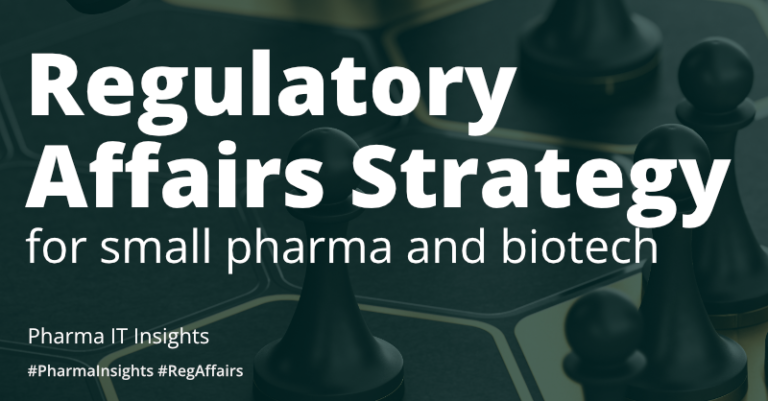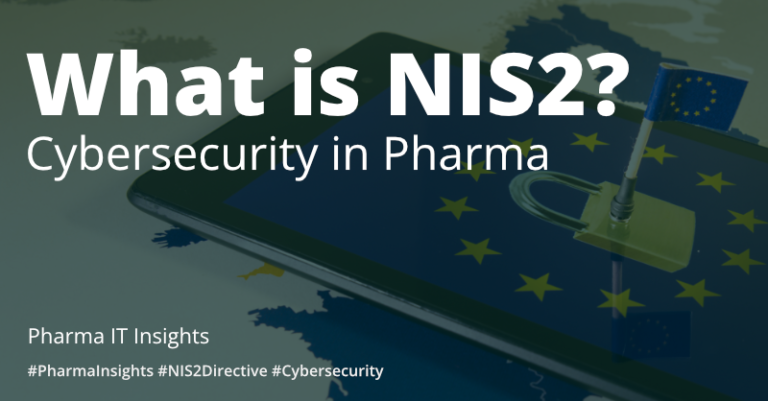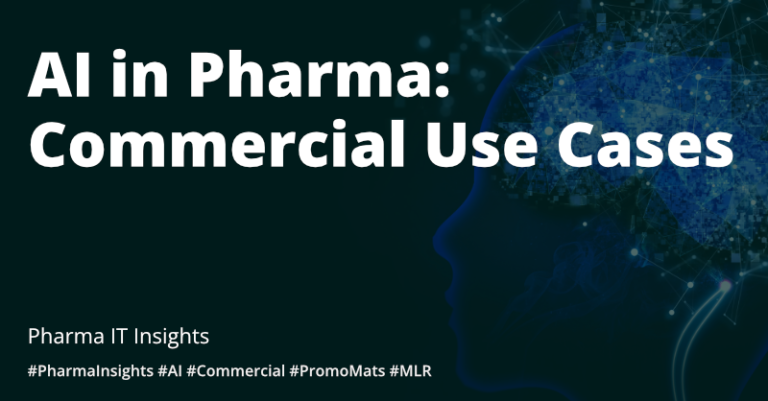Pharma IT Insights
Pharmacovigilance During COVID-19: Findings from the MHRA & EMA
By Sara Hamilton
March 1, 2022
Pharma IT Insights
Pharmacovigilance During COVID-19: Findings from the MHRA & EMA
By Sara Hamilton
March 1, 2022
Share on email
Share on linkedin
Share on twitter
Share on skype
Share on facebook
In this Insight, Pharma IT Consultant Sara Hamilton discusses the important highlights of two reports published in late 2021 which are relevant and informative for improving compliance in pharmacovigilance.
Pharmacovigilance related processes are a part of a heavily regulated and continuously evolving drug safety environment. The challenges of remaining in compliance with these requirements are greater than ever before.
Over the last two years, many of the monitoring activities of pharmacovigilance have been undertaken remotely due to the COVID-19 pandemic. Reports from these monitoring activities provide valuable insights into pharmacovigilance during COVID-19 and can help your company remain compliant.
Below, we highlight the key findings from two such reports that were published late last year: The UK’s Medicines and Healthcare products Regulatory Agency (MHRA)’s Pharmacovigilance Inspection Metrics Report (2020/21) and European Medicines Agency (EMA)’s Annual Report of the Pharmacovigilance Inspectors Working Group for 2019 and 2020.
The MHRA's Pharmacovigilance Inspection Metrics Report
Between 01 April 2020 and 31 March 2021, the MHRA’s Good Pharmacovigilance Practice (GPvP) inspectorate conducted 37 inspections of 36 marketing authorization holders (MAHs). These inspections examined the MAHs compliance with existing EU and national pharmacovigilance regulations and guidelines. The findings of these inspections was published in the MHRA’s Pharmacovigilance Inspection Metrics Report.
During the inspection period, 140 findings were reported in total – a full summary of which you can access, here. Most notably, five of the findings of the MHRA’s report were considered critical:
2 Critical
Risk Management Findings
2 Critical Ongoing Safety Evaluation Findings
1 Critical Management of ADRs Finding
Within the scope of the report, risk management was highlighted as the topic for which the largest number of critical findings has been reported overall overtime. The findings associated with risk management reported during 2020/21 related to maintenance of reference safety information and additional risk minimization measures. The two critical findings regarding ongoing safety evaluation pointed out fundamental weaknesses in the MAHs’ pharmacovigilance processes, which delayed the identification and rectification of a specific safety issue with a product. Finally, 2020/21 was also the first time a critical finding concerning Management of ADRs had been reported in this area since 2015.

The EMA's Annual Report of the Pharmacovigilance Inspectors Working Group for 2019 and 2020
Due to the COVID-19 pandemic, the publishing of the EMA’s Annual Report of the Pharmacovigilance Inspectors Working Group was extremely delayed. The pandemic also meant that most of the 2020 pharmacovigilance inspections detailed in the report’s findings were conducted remotely.
During the 2019 inspection period, the EMA’s inspections recorded a total of 24 deficiencies — none of which were considered critical. This stands in stark contrast with the 2020 data in which 103 deficiencies were recorded — twelve of which were considered critical. You can read the full report, here.
The three most common areas with findings in the 2020 inspections were:
- issues with adverse event expedited reporting, ICSRs;
- compliance issues with computerised systems used for pharmacovigilance activities;
- insufficient quality management systems
Do you need assistance with Drug Safety & Pharmacovigilance?
Need assistance with Drug Safety & Pharmacovigilance?
Is your MAH capable of meeting its demanding regulatory obligations?
The COVID-19 pandemic presented unique challenges for pharmacovigilance activities — many of which had to be performed remotely. Even so, the rigorous safety and pharmacovigilance requirements still applied. Many of the MAHs involved in the inspections included under these reports were able to adjust. However, the existence and persistence of critical findings across the UK, and increase of critical findings amongst MAHs in the EU, is a clear sign that there is still lots of room for improvement.
Risk Management, Adverse Event Reporting, ensuring compliance of computerized systems used for pharmacovigilance activities, quality of ongoing safety evaluation activities, and ensuring compliant quality managment systems were highlighted as main areas for concern across the two reports.
While many of these regulatory obligations are not new, the findings outlined within these reports suggest that many MAHs still struggle to meet them. This should not be taken lightly by MAHs, given that regulatory obligations are likely to continue increasing over time.
MAHs looking to improve their pharmacovigilance processes should work with the appropriate partner to ensure they remain in compliance with relevant regulatory obligations. Furthermore, MAHs without the personnel, systems, and facilities in place to meet their regulatory pharmacovigilance obligations should consider choosing a reputible external partner to help them do so.
About the author(s)
Sara Hamilton is a consultant with five years of experience from the pharmaceutical industry working with safety and compliance in the regulatory and safety area. She has experience with clinical research in academia and hands-on experience with safety data management. She has also lead cross-functional and global Case Handling Matrix Teams with a focus on best practice in the case handling processes – ensuring alignment with the current legislation.


